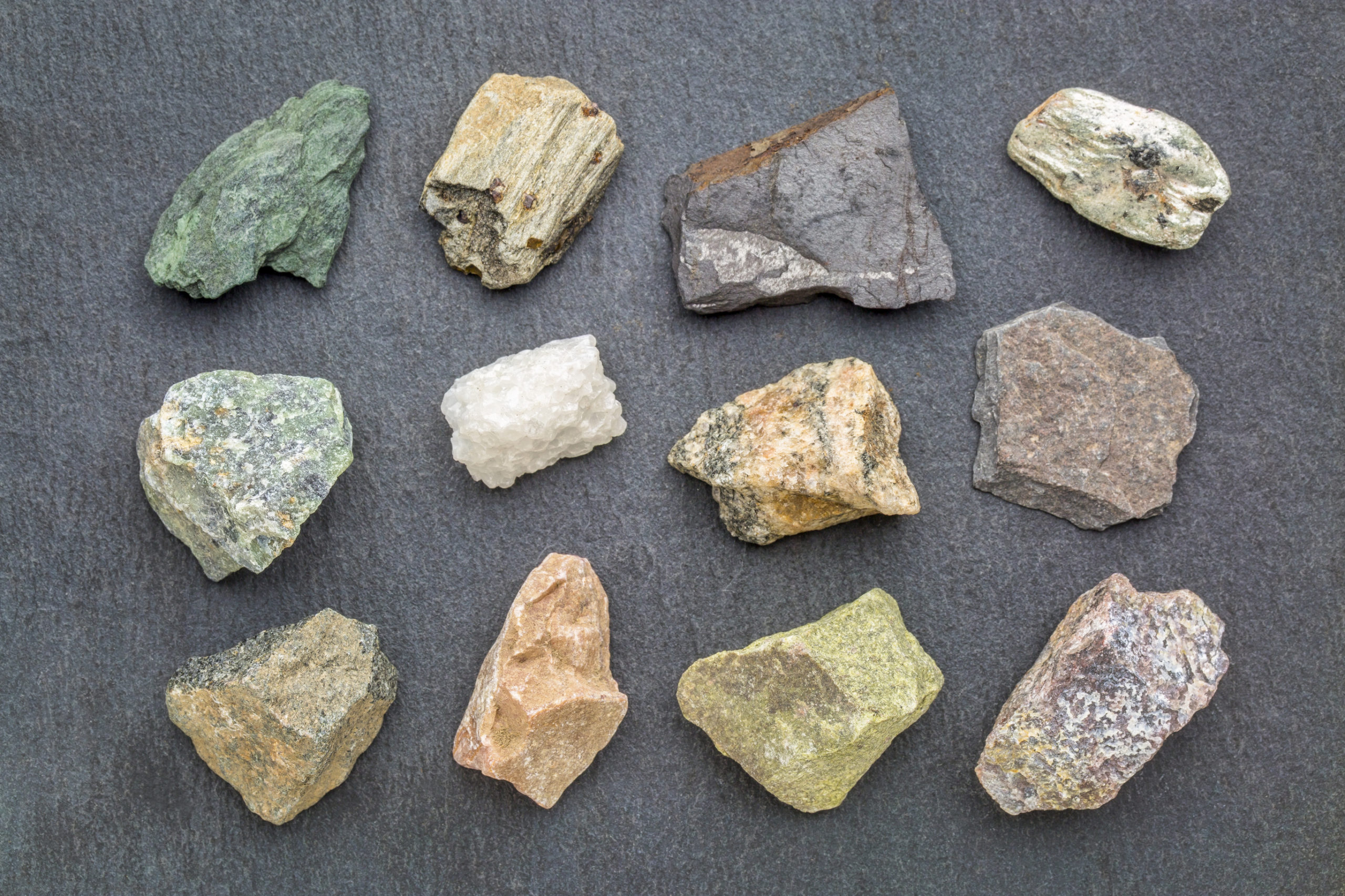Quartz, a mineral renowned for its beauty and versatility, has captivated the attention of many. However, distinguishing genuine quartz from its imitations can be a daunting task. In this comprehensive guide, we will delve into the various aspects of identifying quartz, equipping you with the knowledge needed to make informed decisions.
- Physical Properties:
Quartz possesses distinctive physical properties that set it apart from other minerals. Understanding these properties is crucial in identifying quartz accurately.
1.1 Hardness:
Quartz ranks 7 on the Mohs scale of hardness, making it significantly harder than most imitations. By performing a simple scratch test, you can determine whether a specimen is genuine quartz or a softer material.
1.2 Transparency and Color:
Quartz exhibits a wide range of colors, including clear, white, pink, purple, and more. While some imitations may mimic these colors, genuine quartz often displays exceptional transparency. Hold the specimen against a light source to examine its transparency and color consistency.
1.3 Crystal Structure:
Quartz typically forms hexagonal prismatic crystals with pointed terminations. These crystals often exhibit striations and may occur in clusters or as single crystals. Familiarizing yourself with quartz's crystal structure aids in distinguishing it from its look-alikes.
- Visual Examination:
A visual inspection can provide valuable clues in identifying quartz. Consider the following factors:
2.1 Inclusions and Veining:
Genuine quartz often contains unique inclusions, such as rutile needles, tourmaline crystals, or other minerals. These inclusions create mesmerizing patterns and add to the allure of quartz. Additionally, observe any veining or banding, as imitations may lack the natural variations found in genuine quartz.
2.2 Surface Texture:
Examine the surface texture of the specimen. Quartz typically has a smooth and glassy texture, while imitations may feel rough or exhibit inconsistencies.
- Conducting Tests:
To further validate the authenticity of quartz, several tests can be performed:
3.1 Specific Gravity:
Quartz has a specific gravity of around 2.65, which can be measured using a density test. Comparing the specimen's weight to its volume provides insights into its authenticity.
3.2 Refractive Index:
Using a refractometer, you can determine the refractive index of the specimen. Quartz has a refractive index of approximately 1.54, which distinguishes it from other materials.
3.3 Thermal Conductivity:
Quartz exhibits excellent thermal conductivity. By conducting a thermal conductivity test, you can differentiate between genuine quartz and imitations that may have lower thermal conductivity.
Conclusion:
Identifying quartz requires a keen eye and a comprehensive understanding of its physical properties. By examining its hardness, transparency, crystal structure, inclusions, and conducting various tests, you can confidently differentiate genuine quartz from imitations. Remember, the beauty and versatility of quartz lie not only in its aesthetic appeal but also in its authenticity.

